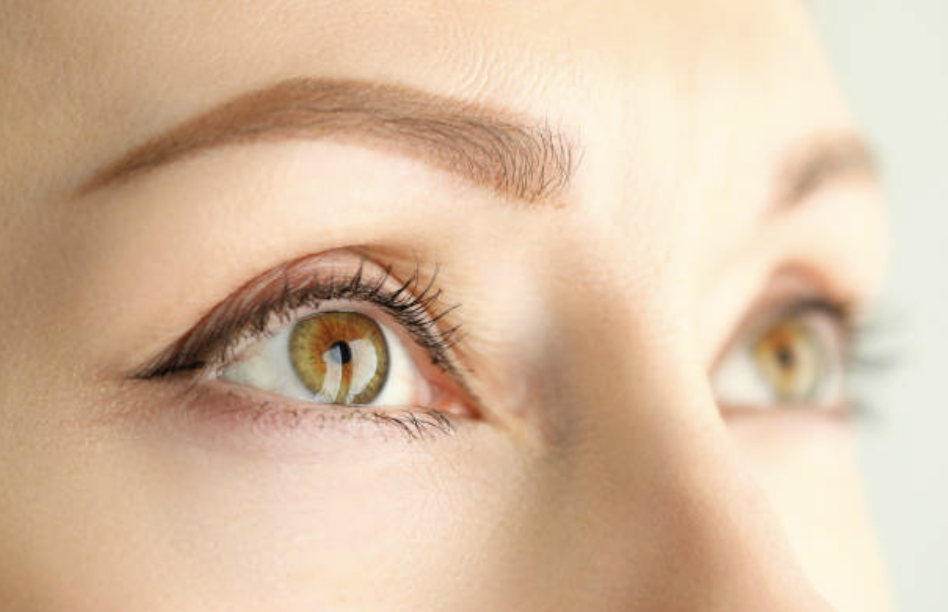In this week’s episode of Thyroid Thursday, Dr. Raymond Douglas discusses the major do’s and don’ts of cosmetic decompression procedures.
Do You Do Orbital Decompressions for Anything Other Than TED?
Dr. Douglas is always asked if he does decompressions for anything other than thyroid eye disease and his answer is absolutely yes! He does most of his decompressions for aesthetic reasons, for patients with thyroid eye disease and for those without.
Why Would You Have an Orbital Decompression if You Don’t Have TED?
Many people seek Dr. Douglas’ expertise in this subject when they have eyes that appear to bulge out because they’re very near sighted, which can result in the eye becoming a couple millimeters larger and can cause the eye to look very bulky. It can also look like you have bulgy eyes and an unflattering appearance if you have very small cheekbones or very small facial bones. This is a concern with some patients, especially when they are middle aged, because when you have a small supporting structure, you can often have a lot of fat prolapse which can prematurely age you. What Dr. Douglas can do is move the eye back in addition to doing a blepharoplasty.
What Are the Don’ts of Cosmetic Orbital Decompression?
Dr. Douglas suggests not to get a blepharoplasty done thinking it will get rid of the appearance of bulgy eyes because it will give more eyelid retraction and make things worse. Also, he says not to see someone who doesn’t do a lot of these decompressions, as it is not a benign thing. It’s a fairly quick recovery in the hands of someone who does a lot of them.
Dr. Douglas does a few hundred per year and has performed thousands over his career. He advises patients on the pros and cons and alternatives so the decision for the procedure is not made hastily. For some, it is the only way to improve the appearance of small cheekbones and facial bones in a very safe manner. Another case is when someone has or is born with glaucoma that causes the eye to expand. This is a fairly rare condition, not like the normal glaucoma that some people get when they are older and take drops. This is a case when very young people get glaucoma or increase in eye pressure, which causes the eye to get bigger and look bulkier.
One of the things Dr. Douglas can do here is decompress around the eye and move it back to make it look normal. This can be really satisfying for patients because most are self conscious of their bulgy eyes. Some patients have said this procedure is life changing! He suggests not to do a standard type of surgery, such as blepharoplasty, because it will always fail and not have a good aesthetic outcome. He hopes this puts things in perspective for those with relatively bulgy eyes and wants a much more youthful and improved appearance.
Orbital Decompression FAQ
How does the orbital decompression procedure actually work?
Dr. Douglas removes bone and fat from your eye socket to create more space, allowing your eye to sit deeper and appear less prominent. Using small incisions in the upper eyelid crease or inner corner of your eye, he removes portions of bone between the eye and nose, as well as the outer wall of your eye socket. The approach is completely customized based on your CT scan and eye measurements.
What does recovery look like and how long do results last?
Recovery requires no heavy lifting, bending, or nose blowing for the first week, and avoiding strenuous activity for two weeks. Minor pain and swelling are normal and gradually improve. Dr. Douglas may prescribe antibiotics, pain medication, or corticosteroids. Results are permanent – the bone and fat removed do not regenerate, creating lasting space for your eye to sit in a more natural position.
What are the costs and does insurance cover this?
Costs vary based on your case complexity. During consultation, you’ll receive a detailed breakdown including surgeon fees, facility costs, and anesthesia. For purely cosmetic cases, insurance typically doesn’t provide coverage. However, if the procedure addresses functional issues related to thyroid eye disease, partial coverage may be possible.
What should I expect during my consultation with Dr. Douglas?
Your consultation includes a comprehensive eye exam, measurements of your eye protrusion, and a CT scan to determine precisely which areas should be targeted. Dr. Douglas reviews your medical history, discusses your goals, explains the customized surgical approach, and shows before/after photos of similar cases. He takes time to answer all questions and never rushes these important decisions.
What are the risks and can this be combined with other procedures?
Potential complications include infection, bleeding, double vision, dry eye, and in rare cases, vision changes. All procedures are performed under general anesthesia with careful monitoring. Dr. Douglas can combine orbital decompression with other oculoplastic procedures when appropriate, though timing depends on your individual case and healing process.
Contact Dr. Douglas Today!
If you or someone you know is suffering from thyroid eye disease, contact our office today to schedule an appointment with Dr. Douglas – (310) 657-4302. If you do not live in Los Angeles, ask us about our Out-of-Town Patient programs.




